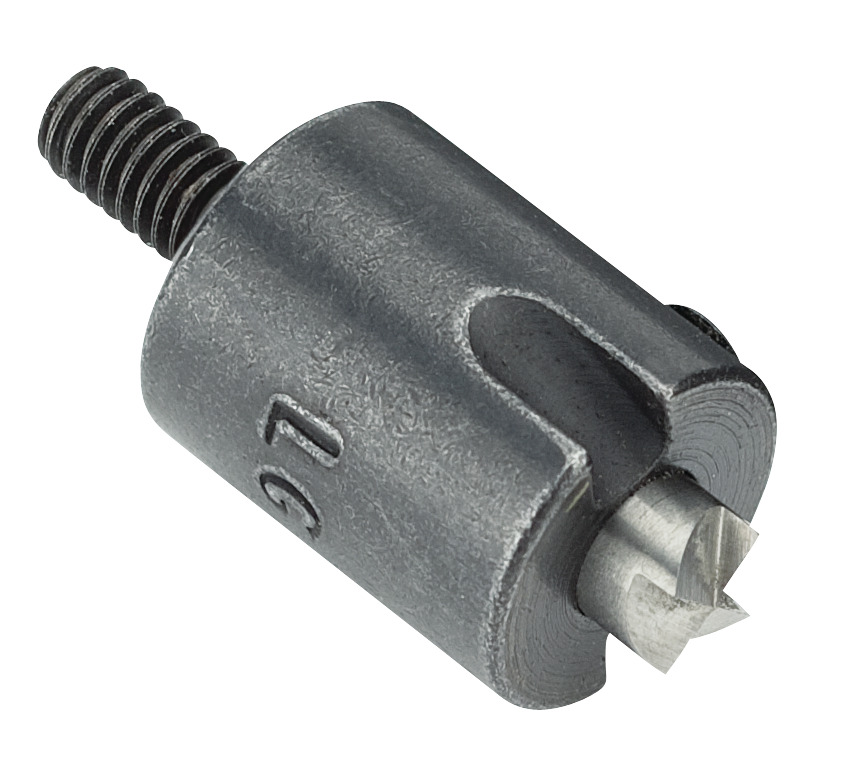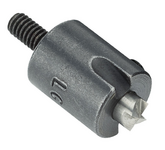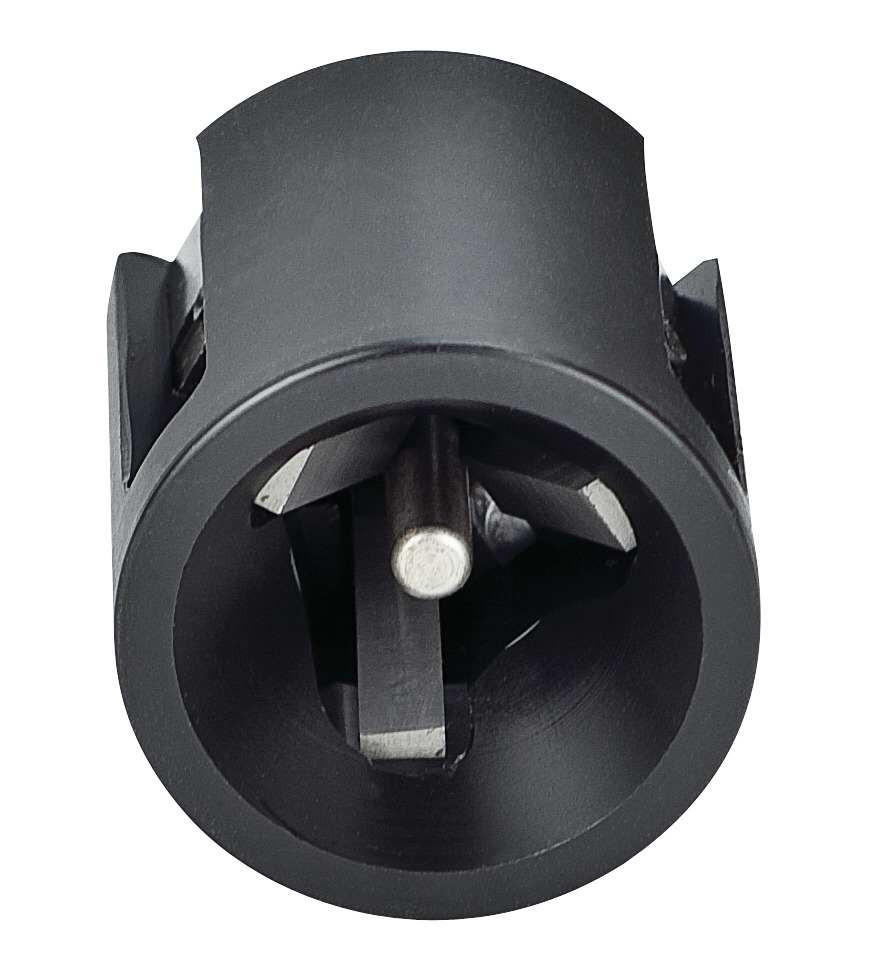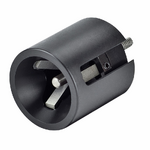Diamond Supporter
Platinum Supporter
Gold Supporter
- Messages
- 193
- Reactions
- 485
Thank you for getting back to me.
There are a couple of things I was trying to help with.
I jumped in when you wrote that you were working on accuracy.
For years I have known that swaging creates a small problem with
accuracy. When I saw the picture you posted of the round that did not go off but the primer did it was perfect in that it showed the dark pattern of what happened. If the round had gone off, the brass would have hit the face of the bolt and flattened the brass around the pocket and the prof
would have been lost. I guess as a bench guy I am to much of a perfectionist. It comes with that sport. The thing about cutting the brass is you only have to do it once in the life of the brass and it does not mess with the concentricity of the pocket. The tips are not expensive and can be used by hand or drill press. I too am working with 223 trying to get more precision out of a round that was never designed for my kind of of accuracy. Also working with the N140, N135 family and some ball powder. If I can help please don't hesitate to ask. I sure don't know everything, but been doing it a bit longer than the average bear.
There are a couple of things I was trying to help with.
I jumped in when you wrote that you were working on accuracy.
For years I have known that swaging creates a small problem with
accuracy. When I saw the picture you posted of the round that did not go off but the primer did it was perfect in that it showed the dark pattern of what happened. If the round had gone off, the brass would have hit the face of the bolt and flattened the brass around the pocket and the prof
would have been lost. I guess as a bench guy I am to much of a perfectionist. It comes with that sport. The thing about cutting the brass is you only have to do it once in the life of the brass and it does not mess with the concentricity of the pocket. The tips are not expensive and can be used by hand or drill press. I too am working with 223 trying to get more precision out of a round that was never designed for my kind of of accuracy. Also working with the N140, N135 family and some ball powder. If I can help please don't hesitate to ask. I sure don't know everything, but been doing it a bit longer than the average bear.







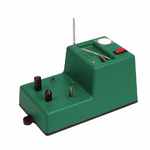
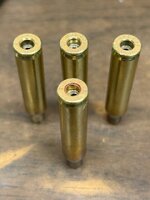
 It might even take less time to cut those crimps out? I guess being the plain old shooter looking for a good group, dinging steel, and just playin' around I don't really see how the swage is going to make less accuracy? But hey, if you see a reason you get better accuracy at those crazy distances? Go for it! I may be at that stage one day, who knows?!
It might even take less time to cut those crimps out? I guess being the plain old shooter looking for a good group, dinging steel, and just playin' around I don't really see how the swage is going to make less accuracy? But hey, if you see a reason you get better accuracy at those crazy distances? Go for it! I may be at that stage one day, who knows?!